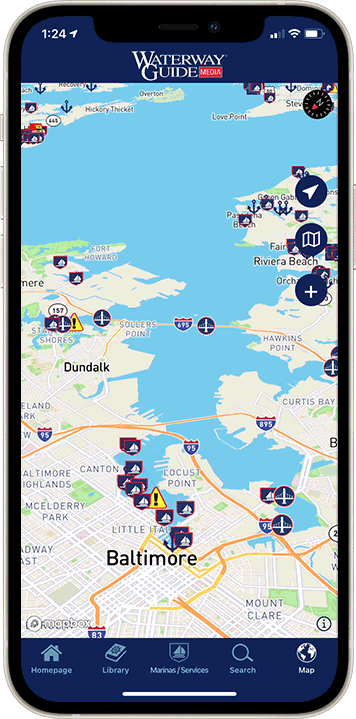
As of June 1, hurricane season is upon us. Almost without exception, we get the tail, shoulder or rump of one or two of the dozen or so that form up in the Atlantic between the Caribbean and Africa and bring so much destruction and misery with them as they thunder west and north…
We live on an island. And now an “average” season is worse than ever. This column is about that.
NOAA Will Issue Hurricane Prediction in May
The National Oceanic and Atmospheric Administration (NOAA) will issue its initial 2022 hurricane season outlook soon. Like last year, we expect that the “average” is going up.
The NOAA’s definition of “average” has increased because it’s now using a 30-year period of record from 1991 to 2020. The previous 30-year period used storms from 1981 to 2010.
“Major hurricanes” are defined as Category 3, 4 or 5 based on the Saffir-Simpson Hurricane Wind Scale (see table below.) Hurricanes that fall in these categories have sustained winds above 111 miles per hour, which can cause catastrophic damage that could result in power outages and leave residential areas uninhabitable for several days to months.
Categories of Hurricanes
We’ve all heard the weather reporter state that “Hurricane ‘x’ is now a Category 3 hurricane and headed for ________.” What does that mean?

(courtesy: NOAA)
Want to put some names on the numbers?
Irene, 1999, CAT-1
Sandy, 2012, CAT-1
Floyd, 1999, CAT-2
Georges, 1998, CAT-2
Betsy, 1965, CAT-3
Alicia, 1983, CAT-3
Hugo, 1989, CAT-4
Andrew, 1992, CAT-5
Katrina, 2005, CAT-5 Dorian, 2019, CAT-5
USCG hurricane aircraft reported Andrew, Katrina and Dorian had generated winds over 200mph at various times of the storms. Another term for CAT-5’s is “Wrath of God.”
When looking at CAT-5s’, no one is saying that there is no difference between a storm that brings 160-mile-per-hour winds and one that reaches 190. The force of the winds goes up with the square of the velocity. In layman’s terms, that means a hurricane with 200-mile-per-hour winds has four times — not just double — the force of one with 100-mile-per-hour winds.
The NOAA updates the statistics it uses for its prediction models once a decade. “This update allows our meteorologists to make forecasts for the hurricane season with the most relevant climate statistics taken into consideration,” said Michael Farrar, director of NOAA’s National Centers for Environmental Prediction, in a statement.
The official hurricane season runs from June 1 through Nov. 30, but storms can form before and after.
We’ll write more about this in the weeks ahead.
BTW, if you have any questions about this column or are interested in being part of USCG Forces, email me at [email protected] or go direct to the D1SR Human Resources department, who are in charge of new members matters, at DSO-HR and we will help you “get in this thing.”












